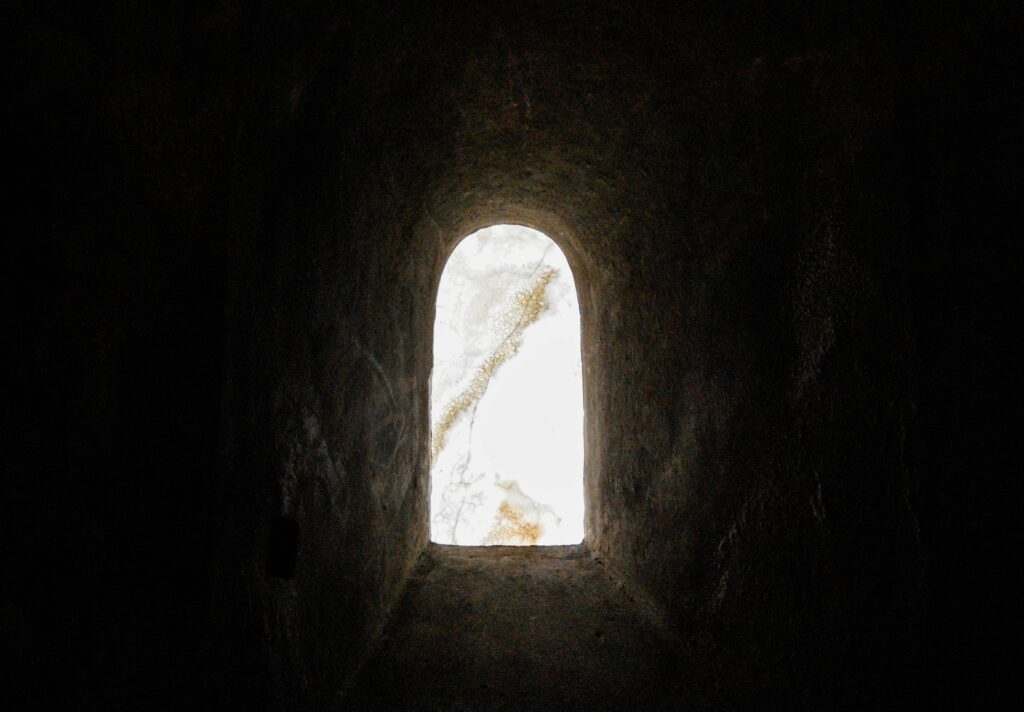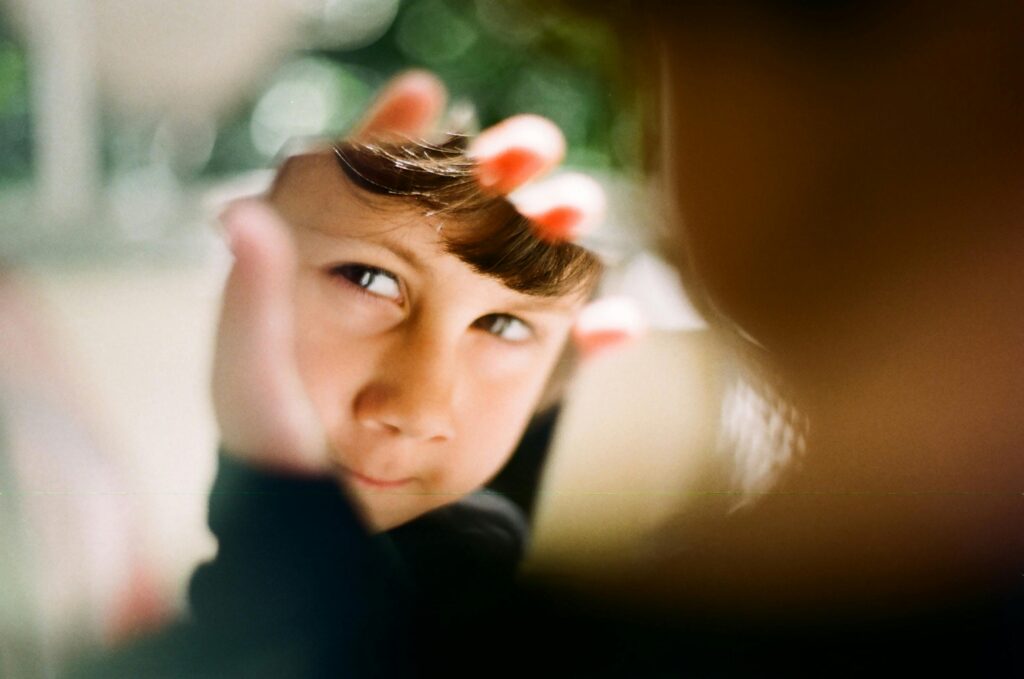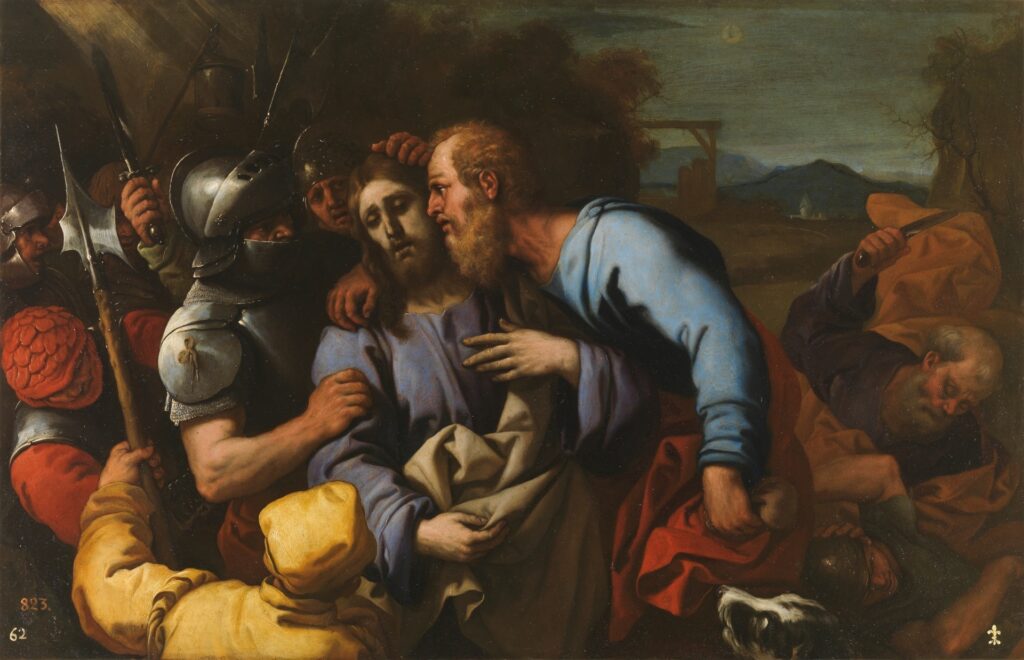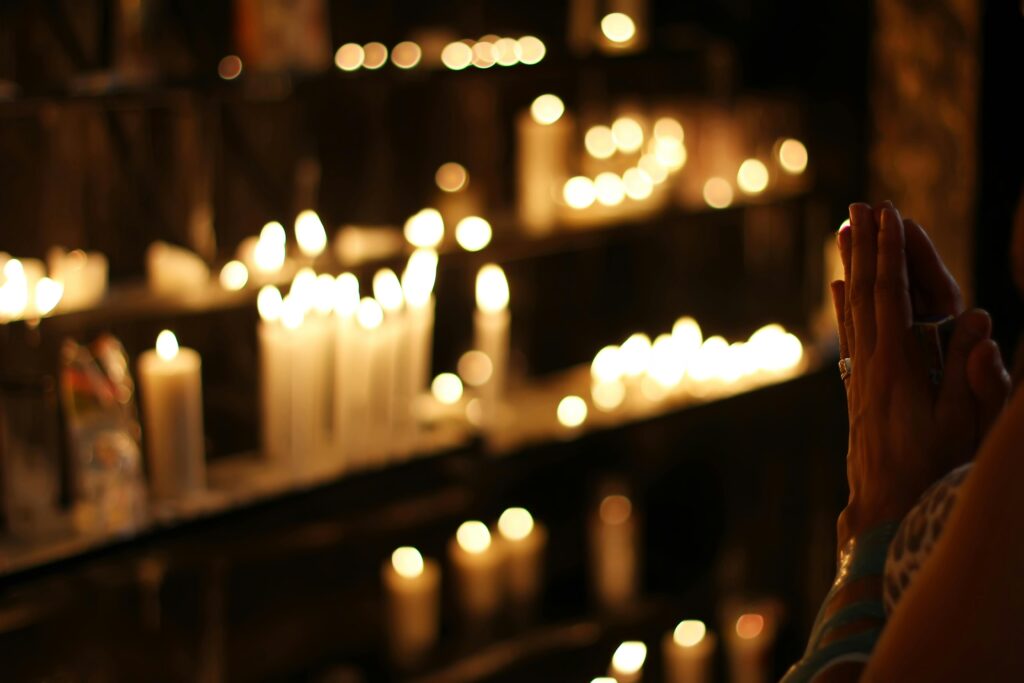A bioethics of the intolerable in immigration policies
"The jump"
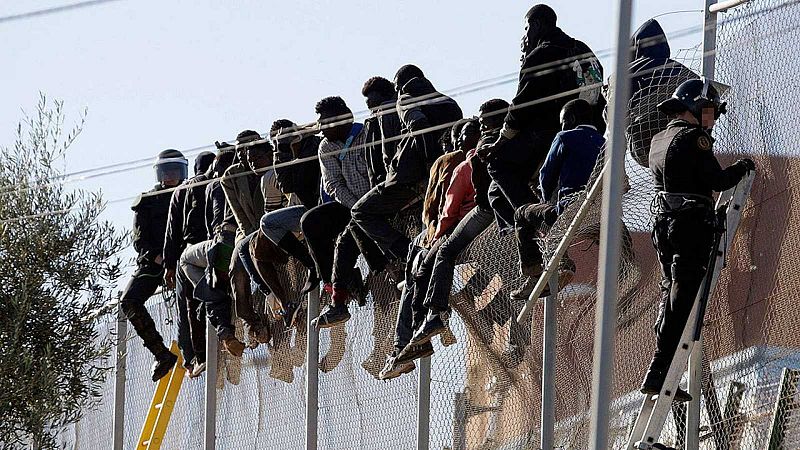
The film “The Jump” by the Spanish filmmaker, Benito Zambrano, illuminates the moral blindness and European cynicism in migration policies that, on the one hand, speak of reception and, on the other, do not assume any responsibility for the flagrant crimes against human dignity, on the other side of fences and walls that draw a division between valuable lives and other expendable ones. Zambrano offers evidence of bioethics of the intolerable in his portrait of the fragility and martyrdom of those who, in Moroccan territory, aspire to jump the Melilla fence that separates hope and misfortune.
Cinema contributes to signifying uncomfortable and painful realities, opening our eyes to injustices and contradictions that can only be reflected upon if they are previously pointed out and named. On the contrary, the fog of anonymity, as the philosopher, Adela Cortina, warns, can act with the force of an ideology, the quieter it is, the more effective it is in closing the doors of conscience to truths that, as humans, cannot be others because they undermine the equal dignity of people and the duties of hospitality and justice towards others. [1]
In the film The Jump, the Spanish filmmaker, Benito Zambrano, points out and names the fragility, torture, and merciless rejection that Europe inflicts on poor immigrants, desperate people fleeing war, hunger, misery, and, in the case of many women, genital mutilation or forced marriage. In their desperation, they expose themselves to the business of the mafias, who ship them on boats. Those who do not die at sea end up in detention centers in inhumane conditions or are returned at once. Zambrano’s fiction refers to overwhelmingly real events. The film tells the story of Ibrahim (Moussa Sylla) who arrives in Spain from Guinea-Conakry, lives in Madrid with Mariama (Nansi Nsue), works as a bricklayer and awaits the arrival of his first daughter. The police stop him on his way to work. Ibrahim, who lacks a residence permit, after spending a few days in a Foreigner’s Internment Center (CEI), is deported to his country. From that moment on, his only goal is to return to Spain to reunite with Mariama and raise her daughter. After crossing Africa, exposed for the second time to the exploitation and violence of the mafias, Ibrahim settles with some traveling companions, Aminata (Edith Martínez) and Ousman (Eric Nantchouang), on Mount Gurugú. It is a peculiar Moroccan forest, near Nador, where they wait to jump the Melilla fence, the gateway to Spain. Benito Zambrano portrays the vulnerability and martyrdom of migrants who, with the hope of a better life, expose themselves to a physical feat within the reach of a few that leads many to die in the attempt. The film shows how behind the lives of each of these flesh and blood people there are dreams and desires for good life plans and, at the same time, the commitment to not abandon the family members who remain in the countries of their fate to their fate origin due to lack of means to undertake the trip.
On the other side of that fence, a world unknown to Europeans opens up that, without hot cloth, the Spanish director illuminates. It is a large camp of men and women, divided by their countries of origin, with hardly any food, in unhealthy conditions and exposed to violence from the police who, by surprise, assault the camp and, with blows, break their elbows and legs of migrants so that they cannot jump the fence. This is more than a metal wall. Currently, there are four fences on the border separating Morocco and Melilla. Between them there are very deep ditches to make passage difficult. Because it is a militarized border, the scenes were filmed in La laguna (Tenerife).
Why do they hurt me?
“Why do they do us harm? Ibrahim is a good man. We all come to Europe to help our families, and we do the work that no one wants to do (…) We are not terrorists or murderers, we are poor,” cries Mariama, after the arrest of her husband.
Simone Weil emphasizes that the human cry, why do they wrong me?, appeals to the spirit of truth, justice and love. In every human soul the demand continually grows that no harm be done to it (…) Just as men possess the power to transmit good to one another, they also possess the power to transmit evil (…) The part of the soul that asks: Why do they hurt me?, is the deep part that in every human being has remained intact and perfectly innocent since early childhood. [2]
Inflicting pain on others degrades and corrupts the perpetrator because the other is not seen as a person, but as a thing or object of domination, Bauman and Donskis point out. [3] In this sense, torture is inhuman before it is unjust. And any form of torture and deprivation of property is an act contrary to the dignity of the person because it violates the dignity and integrity of the person. Violence is inseparable from the social order and constitutive of the culture that organizes, manages and contains it according to its own norms. [4] When embedded in social relations, morality is also a political issue that cannot be ignored from the misfortune of others and from the moral indignation that requires concrete actions to put an end to it. But, as the poem “The Nobodys” by Eduardo Galeano says, “the children of nobody/the owners of nothing/the none, the none (…) Who do not have a name, but a number (…) cost less than the bullet that kills them.” In the film The Jump, there are abundant samples that clash head-on with the recognition of life as a value superior to all others, as they contradict the heart of a humanitarian reason founded on a universal consensus to help others.
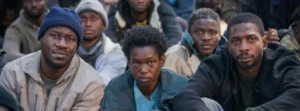
European cynicism
The premiere of Benito Zambrano’s film has coincided with the European Parliament’s vote on a package of new laws and measures on migration and asylum. Numerous humanitarian organizations have denounced that the opportunity to develop migration policies that put human rights at the center has been lost, since the agreement reached will cause more human suffering, lack of protection, rights violations, arbitrary detentions and illegal and violent summary returns.
The response to the migration crisis is evidence of moral blindness and European cynicism in migration policies that combine misleading language about reception and, at the same time, do not assume any responsibility for attacks on human dignity, by drawing a division between valuable lives and expendable ones.
The film has also coincided with the “Dignitas Infinita Declaration on Human Dignity” [5] of the Dicastery for the Doctrine of the Faith, at the request of Pope Francis, published two days before the vote in the EU. The document defends that dignity is the foundation of human rights and duties. Belonging to a human community implies, therefore, assuming obligations towards others. The Declaration proclaims that every human being has the right to live with dignity and to develop fully, while warning of one of the phenomena that most contributes to denying dignity: extreme poverty. Migrants are victims of multiple forms of poverty because their lives are put at risk and because they do not have the means to create a family, work or feed themselves. “With the decisions and the way of treating them, it is expressed that they are considered less valuable, less important, less human (…) Caring for fragility means strength and tenderness in the midst of a model that leads to the culture of throwaway.”
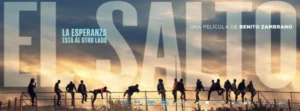
THE JUMP
THE HOPE
IT’S ON THE OTHER SIDE
A FILM OF
BENITO ZAMBRANO
The good Samaritans
Although the film offers multiple evidence of bioethics of the intolerable in immigration policies, it also rescues the courage and compassion of the good Samaritans in the territories of fragility and martyrdom, on the other side of the Melilla fence. Benito Zambrano alludes to the work of humanitarian organizations, especially a reception center for Catholic nuns that helps migrants in conditions of extreme difficulty. The sisters offer food, clothing and medical care. Gynecological cures are even performed on women who are victims of clitoral ablations in their countries of origin and who have been raped along the way. The character of Aminata embodies the suffering of these migrant women exposed to mistreatment, violence and sexual exploitation.
From the individualistic and alienated inertia of our societies, the question prevails: why should I worry about the other?, which refers to the biblical equivalent: Am I my brother’s keeper? For Spaemann, ignoring the place of the other implies the confession of murder because the divine voice does not question Cain, after the fratricide, about whether he has disregarded an ethical norm. The voice demands that Cain know where his brother is, a knowledge and responsibility that, in the story, makes anyone who rejects this demand an accomplice in the brother’s fate. [6]
Amparo Aygües – Master’s Degree in Bioethics from the Catholic University of Valencia – Member of the Bioethics Observatory
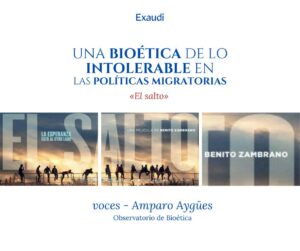
A BIOETHICS OF
INTOLERABLE IN
IMMIGRATION POLICIES
“The jump”
voices – Amparo Aygües
Bioethics Observatory
***
[2] Weil, S. (2019). The person and the sacred. Hermida, pp, 88-91.
[3] Bauman, Z. & Donskis, L. (2022). Moral blindness. Paidós, p. 55.
[5] Declaration of the Dicastery for the Doctrine of the Faith, “Infinite Dignitas on Human Dignity.” Stampa Hall of the Holy See. Articles from 26 to 54.
[6] Spaemann, R. (2010). People. About the distinction between “something” and “someone.” Eunsa, pp. 179-180.
Related
 (EN)
(EN)
 (ES)
(ES)
 (IT)
(IT)


